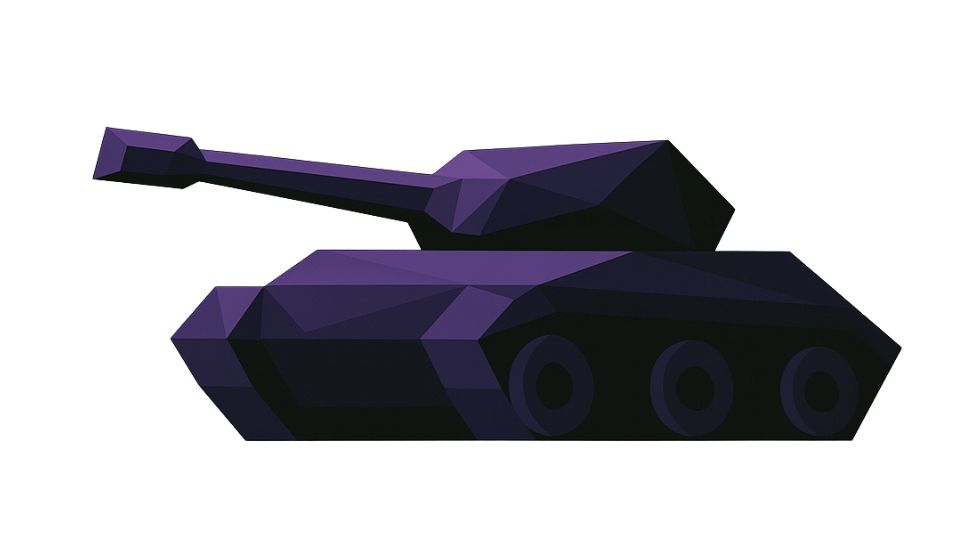The Ukraine conflict has significantly expanded anti-drone netting development for armored vehicles. Global defense manufacturers now adapt protective systems to evolving threats posed by low-altitude drone attacks, innovating to safeguard military assets against sophisticated aerial threats.
Ukraine’s widespread adoption of improvised anti-drone defenses—from metal cages to flexible nets—demonstrated their effectiveness against first-person view (FPV) drones. This battlefield success prompted defense companies to invest in more refined, integrated solutions. The defense industry now proactively responds to modern battlefield lessons, recognizing the critical need for enhanced vehicle survivability.
The United Arab Emirates-based TAC Armored Vehicles introduced its TAC-Q-Net, a lightweight cable mesh system. This specialized netting provides a crucial defense layer against low-altitude drone strikes, deployed on vehicles like the Jedi armored personnel carrier.
Environmental conditions affect these systems’ efficacy. While effective in Ukraine’s humid climate, deployments in dry, sandy regions like Abu Dhabi present unique challenges. Federico Borsari, a non-resident fellow at the Center for European Policy Analysis, noted the cable mesh’s primary utility: ‘The utility of the cable mesh is primarily to provide last-resort protection against drones.’ He added that varying environments ‘will require maintenance’ to ensure robustness. These protective measures highlight continuous adaptation to the tactical realities of drone warfare.
Advancements in anti-drone netting underscore a strategic shift in military procurement, prioritizing agile defenses against asymmetrical threats.

